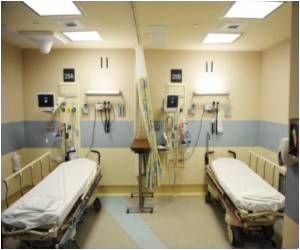Many diseases of the eye and skin are caused by two common and important human pathogens, P. aeruginosa and S. aureus.

In a recent study presented at this year''s Interscience Conference on Antimicrobial Agents and Chemotherapy (ICAAC), a team led by Dr. Dmitri Debabov, head of Cell and Microbiology, and Meghan Zuck, a Research Associate, at NovaBay Pharmaceuticals, reported the development of infected tissue models for its Aganocide® compounds. The model mimics the in vivo infection environment yet maintains the controlled advantages of an in vitro system. In this model, NovaBay''s NVC-422 demonstrated broad-spectrum activity against bacterial pathogens, without toxicity to the live tissue. Meghan Zuck stated, "These epidermal and epiocular tissue models from MatTek Corporation exhibit in vivo-like morphology and growth characteristics which are uniform and highly reproducible. This study aimed to develop practical in vitro models of primary human cells in tissues colonized with bacteria to examine the antimicrobial efficacy of NVC-422 and other potential antimicrobial agents."
The team worked with two tissue models made out of human dermal (EpiDerm™) and ocular (EpiOcular™) epithelial cells; supplied by the MatTek Corporation. These tissues were infected with 106 CFU of P. aeruginosa and S. aureus for 1 hour at 37°C. Each model was then treated with NVC-422 for up to 3 hours. A variety of methods were subsequently used to gauge the efficacy of this compound.
After measuring the extent of the infection in both tissue models, topical treatment with NVC-422 resulted in a 3.2 log (>99.9%) reduction of S. aureus and a 4 log (>99.9%) reduction in P. aeruginosa.
The researchers reported that NVC-422 showed significant time- and concentration-dependent antibacterial efficacy in both dermal and ocular tissue models.
"In this initial study, we concluded that NVC-422, at therapeutic doses and meaningful formulations, kills bacteria without damaging tissue," said Meghan Zuck.
Advertisement
Source-Newswise










